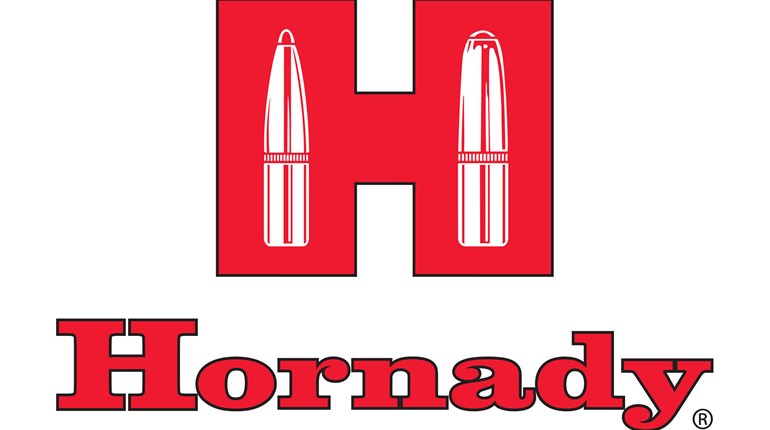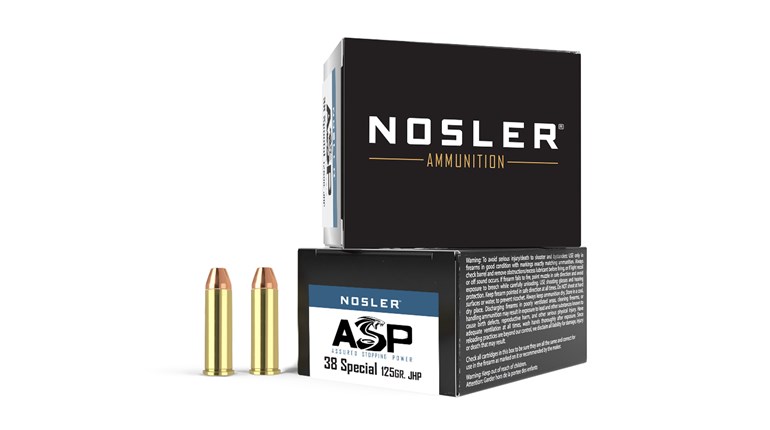
The tactical performance of the .30 Rem. AR can be greatly enhanced by handloading with bullets not available in factory ammo. For example, if you need a low-recoil bullet that can take out bad guys reliably, even if they are behind hard cover, consider the Barnes 110-grain TAC-X SBR X-Bullet. It can be driven to 3,000 fps muzzle velocity in the .30 Rem. AR. The bullet is double the weight of a .223 Rem. at about the same real-world AR-15 velocity. This expanding, all-copper bullet is designed specifically for the .30 Rem. AR. It expands reliably, retains its weight and penetrates deep.
I would expect that the Barnes 165-grain SP, BT, pointed, Banded Solid would make an excellent bullet for disabling a motor or for penetrating hard cover. At the other end of the terminal spectrum is Barnes' RRLP (Reduced Ricochet, Limited Penetration) bullets. These have a frangible, powdered-metal core inside a thin gilding metal jacket. They are designed to come apart in the target, dump all the energy and usually not exit.
The high ballistic coefficient, 150- to 155-grain bullets designed for long-range shooting can provide a distinct advantage over the .223 Rem./5.56 NATO or 6.8 Rem. SPC at extended distances. Hunting bullets like the Hornady SST and Nosler Ballistic Tip work well. Also, target bullets from Hornady, Nosler, Berger and Sierra are good choices.
Let's compare the .30 Rem. AR with a Sierra 155-grain HPBT Palma MatchKing bullet at 2,600 fps—a velocity I easily obtained in my 22-inch barrel—against a .223 Rem. with a 55-grain SP and 6.8 Rem. SPC Hornady 110-grain VMAX. At 500 yards, a 55-grain .223 bullet drops to a very marginal 316 foot-pounds of energy. The 110-grain 6.8 Rem. SPC is down to 541 foot-pounds, while the 30 Rem. AR still has 1,118 foot-pounds—more than double the energy of the 6.8 Rem. SPC and in excess of 3.5 times as much energy as the .223 Rem.




































